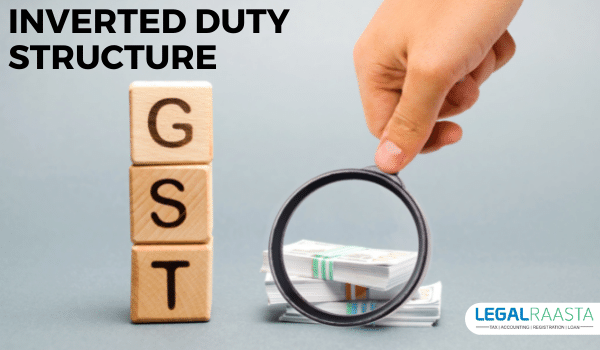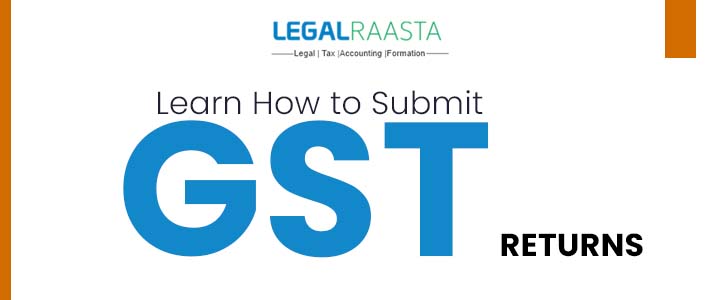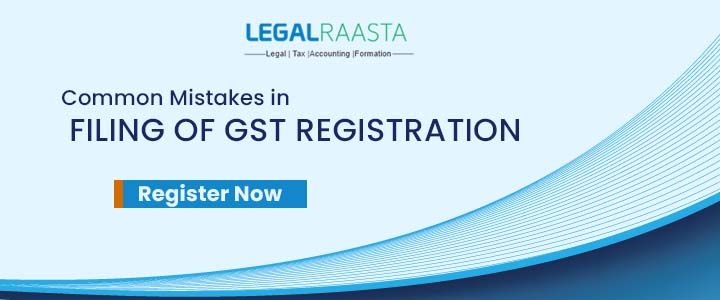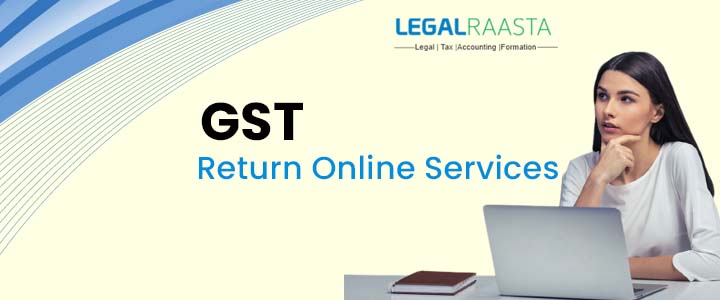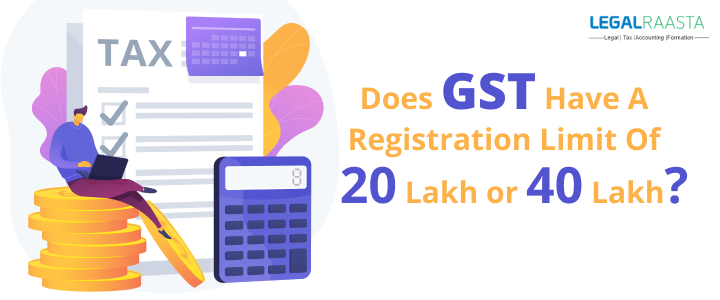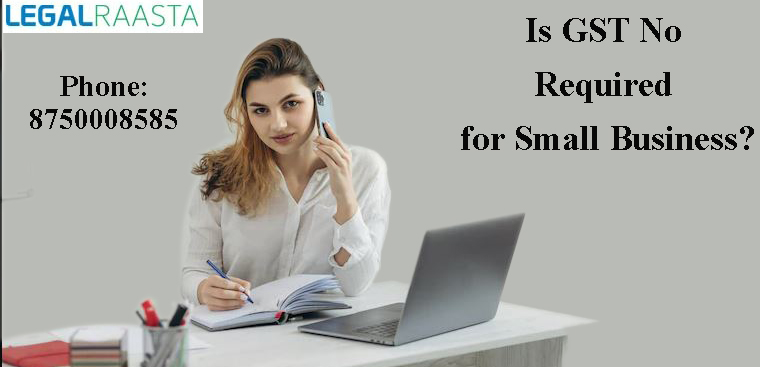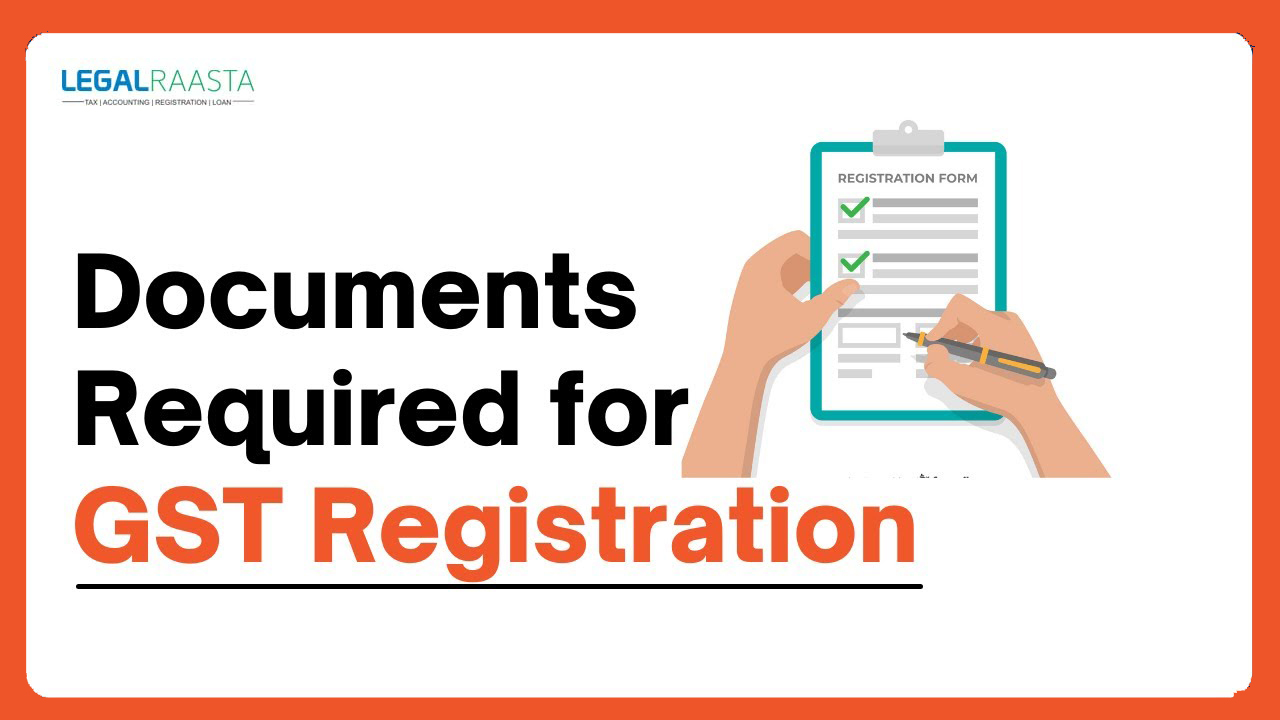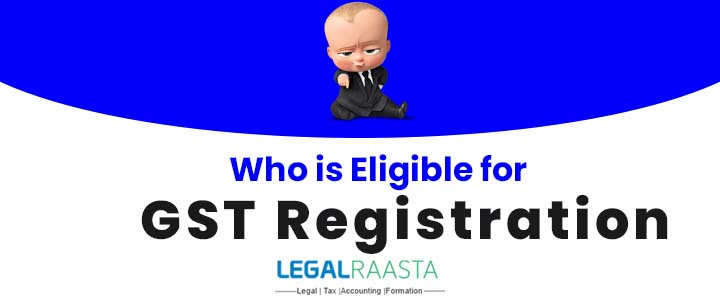Inverted Duty Structure under GST
The term “inverted duty structure tax” refers to a situation in which the tax rate on inputs is higher than the tax rate on outputs for sale. It’s possible that the problem isn’t present in all industries. The article explains the concept and the rules that must be followed.
Inverted Tax Structure in the pre-GST regime
An inverted duty structure existed prior to the GST in circumstances where the import duty on raw materials used in the production of finished goods was greater than the import duty on finished goods themselves.
An example of an inverted duty structure is as follows: The duty on imported tires (finished goods) is 10%. Natural rubber (Raw Material) imports are subject to a 20% duty.
Other Examples:
| Products | Import duty on | ||
| Finished Goods | Raw Materials | Finished Goods | Raw Materials |
| Solar Modules | Components for Solar Modules | Nil | 5-10% |
| Seaweed | Agar | 10% | 30% |
| Dehydrated culture media | Microorganism | 10% | 30% |
| Electrical Transformer | Steel Tubes | 7.50% | 10% |
| Railway locomotives | Components | 5% | 18-28% |
Inverted Tax Structure under the GST regime
The term “inverted tax structure” refers to a situation in which the tax rate on purchased inputs (i.e. the GST rate paid on inputs received) is higher than the tax rate on outbound deliveries (i.e. GST rate payable on sales).
| Products | GST on | ||
| Finished Goods (Output) | Raw Materials (Input) | Finished Goods | Raw Materials |
| Fabric Bag | Non-Woven Fabric | 5% | 12% |
Refund in case of Inverted Tax Structure under GST
Unused Input Tax Credit may be refunded to a registered individual (ITC). The ITC for inverted tax structures can be claimed at the end of any tax period in which the credit has accumulated as a result of the tax rate on inputs being greater than the tax rate on output supply. A tax period is a time period for which a return must be filed.
The following are the exceptions to claiming a refund of any unutilized input tax credit:
- Except for supplies of goods or services or both, as may be specified by the Government based on the GST Council’s recommendations, output supplies are nil rated or entirely exempt.
- Whether or not the items exported from India are subject to export duties.
- If the supplier is entitled to a refund of output tax paid under the IGST Act.
- If the supplier is entitled to a duty drawback or IGST refund on such deliveries.
Maximum Amount of Refund, Formula, and Terms
Maximum Refund Amount = (Adjusted total turnover X Net input tax credit /Turnover of inverted rated supply of goods and services)– Tax due on such inverted rated supply of goods and services
Illustration:
Supply of Fabric Bags (Output) Value: Rs.1,400
GST on the above: 1400×5%= Rs.70
Supply of Woven fabric of Silk: Value Rs.1,500
GST on the above: Rs.1,500×5%=Rs.75
The purchase value of Silk yarn: Rs.1,000×5%
GST on the above: Rs.1,000×5%=50
Purchase Value of Non woven fabric Rs.1,000
GST on the above: Rs.1,000×12%=Rs.120.
Turnover of inverted rated supply which in this case is Rs.1,400.
Maximum Refund = {(1400×120)/1400}-70 = Rs.50
Various Terms used in the Computation of Maximum Refund Amount
- Turnover of inverted rated supply of goods
The value of an inverted supply of goods or services made without payment of tax under a bond or letter of undertaking throughout the relevant period. Turnover of inverted rated supply of products = Rs.1,400 in the example above.
- Net input tax credit
Input tax credit obtained on inputs during the relevant period other than the input tax credit for which a refund is claimed under sub-rules (4A) or (4B) or both must be referred to as net ITC. It’s 50+120-50=Rs. 120 in the example above.
- Adjusted Total Turnover
“Adjusted Total turnover” means the turnover in a State or Union territory during the relevant period, subtracting the value of exempt supplies other than zero-rated supplies and the turnover of supplies in respect of which a refund is sought under sub-rules (4A) or (4B) or both, if applicable.
In the preceding example, the turnover in a state or union territory, as defined under sub-section (112) of section 2, is 1500+1400-1500 = Rs. 1400: “Turnover in State” or “turnover in Union territory” means the total value of all taxable and exempt supplies made within a State or Union territory by a taxable person, exports of goods or services or both, and inter-State supplies of goods or services or both made from the State or Union territory by the said taxable person, but excluding the central tax, State tax.
- Tax payable on such inverted rated supply of goods
The tax amount payable under the same head, i.e. IGST, CGST, and SGST, on such inverted rated supply of goods. In the example above, it is 14005% = Rs.70.
- Relevant period
The time frame in which the claim was lodged.
How to claim Refund of ITC unutilized
- Pre-requisites: For the tax period for which you intend to apply for a refund of the accrued ITC, you must file GSTR-1 and GSTR-3B.
- Form to be filed: RFD-01
Note: RFD-01 is an online application that allows you to submit a refund claim.
- Time limit to file:
RFD-01 must be filed within two years of the end of the fiscal year in which the refund claim is made.
Step 1: Complete and submit RFD-01 on the GST Portal. The GST Portal will create an ARN.
Step 2: Print the completed application and the produced Refund application ARN Receipt from the portal.
Step 3: Submit the printed documents to the appropriate jurisdictional authorities, together with any supporting evidence.
Step 4: The refund application will be processed by a tax official. A refund will be manually distributed once the application has been processed.
Step 5: Contact the applicable state/Nodal center’s office if the state/jurisdictional center’s authority has not yet been assigned.
Track the filed refund application
- Use the My Saved / Submitted Applications option under Refunds to download PDFs of the Filed applications (ARNs).
- Use the Track Application Status option under Refunds to keep track of the status of your filed applications.
Issues & Contentions
- In the manufacturing industry, there may be several inputs with different tax rates. In the nature of the inverted duty structure, some have a lower rate than output, while others have the same rate as output.
- Correlating the output with the inputs is quite tough in this scenario. As a result, the amount of the refund is calculated incorrectly.
- Is the reimbursement of accumulated credit due to an inverted duty structure accessible only for inputs where the GST rate is higher than the outbound supply rate or is it available for all inputs?
According to the description of the formula for calculating the refund amount,
Input tax credit obtained on inputs during the relevant period other than the input tax credit for which a refund is claimed under sub-rules (4A) or (4B) or both must be referred to as net ITC.
It’s worth noting that the above does not clearly state that inputs have a higher GST rate than output supply.
As a result, the complete credit of inputs might be considered when calculating a refund claim due to an inverted tariff structure.
Read, also: Impact of GST on works contract

